So you want to be a welder?
Re: So you want to be a welder?
What he said about clean metal. Oil, paint, coatings, etc all make it hard to get a good weld. Start with same thickness to same thickness. A butt weld of two side by side strips will make it easy to see penetration. Practice on something horizontal and where you move the torch/handle in a straight line. Curves, vertical and even upside down can come later. But IMO the BIG thing is clean metal. Thinking that the arc will cut through and melt away the crud leads to bad welds and disappointment.
Our 6x12 deep vee nose cargo trailer camper conversion... viewtopic.php?f=42&t=58336
We have a small off grid cabin we built ourselves in the NM mountains; small PV solar system; 624 watts PV, Outback CC & inverter/charger ... http://countryplans.com/smf/index.php?topic=2335.0
We have a small off grid cabin we built ourselves in the NM mountains; small PV solar system; 624 watts PV, Outback CC & inverter/charger ... http://countryplans.com/smf/index.php?topic=2335.0
-

MtnDon - 2000 Club

- Posts: 2200
- Images: 24
- Joined: Sun Aug 19, 2012 10:57 pm
- Location: New Mexico
Re: So you want to be a welder?
The saga continues: I had some time left today (after I converted my Craftsman generator's mobile cart-leftover after I mounted the genny in my trailer- to a cart for the Northern 125 Flux Welder), so I got my newly bought 80 grit flapper disc and attached it to my angle grinder, and set to work at the mis-welded experimental pushbar project, again. First note: I love the flapper disc! Never used one before, and I like it better than the grinding disc for removing and smoothing metal (grinder disc jumps around and hard to handle). I took out my BFHagain, and really whacked the assembly hard, in several locations, harder than last weeks test. One weld did break loose, the collar holding the hitch ball in the pipe. So I started grinding (flapping?) the slag and flux and spatter from the piece, then using a wire wheel in my drill to get as much of the rest as clean as I could. I exposed some cracks and seams in the welds (especially around the seat of the chrome ball and the cast iron collar). The chrome/ galvanized /cast iron mix is not an easy weld to make on a first attempt! I had not prepped the various metals correctly, nor had properly beveled the edges, nor gotten the heat and wire feed speeds correct last try. After todays clean-up, I tried less wire feed speed, more heat, less distance, more time on weld. Since I had already burnt off the zinc coating last week, I could get closer to the piece, and could actually see what I was doing. I could gauge the lead of the wire needed (1/2" worked best), the wire feed speed to keep it there (6.5 on my dial), the right heat (on high, and kept in one spot until it glowed red, then moved on). I see that rounded surfaces may be a bit more challenging than straight and flat ones, especially for a novice, but I pressed onward. I re-smoothed the new welds, that were much better than my first attempts, with less spatter and less globs/air pockets to grind away. I also drilled out the screwhole that secured the collar to the pipe previously (in addition to a poor spot weld), and drilled thru into the core of the hitch ball's stem. At this point, after I saw only a couple of points to reweld, I did a deep plugweld into the drilled hole, feeding much wire into the glowing abyss, for a long time. After a break, to let things cool a bit, I used the flapper and wire wheel for the third time today. Not a professional result, nor even a good amateur's, but for a complete noob at this...I was satisfied for an hour+ work. And the BFH didn't dislodge anything this time.working on it wrote:... so here is a pic of the un-chipped, un-cleaned, un-ground welds on my experimental pushbar: I'll clean it up and grind it down next weekend, to see if it can be usable. Gonna be a long learning curve.
2013 HHRv "squareback/squaredrop", rugged, 4x8 TTT, 2225 lbs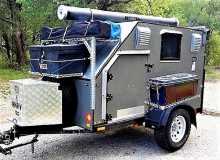
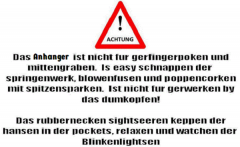

- *3500 lb Dexter EZ-Lube braked axle, 3000 lb.springs, active-progressive bumpstop suspension
- *27 x 8.5-14LT AT tires (x 3) *Weight Distribution system for single-beam tongue
- *100% LED's & GFCI outlets, 3x fans, AM/FM/CD/Aux. *A/C & heat, Optima AGM, inverter & charger(s)
- *extended-run, on-board, 2500w generator *Coleman dual-fuel stove & lantern, Ikea grill, vintage skillet
- *zinc/stainless front & side racks *98"L x 6" diameter rod & reel carrier tube on roof
-
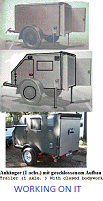
working on it - 2000 Club

- Posts: 2189
- Images: 457
- Joined: Tue Oct 04, 2011 9:05 pm
- Location: DFW Texas

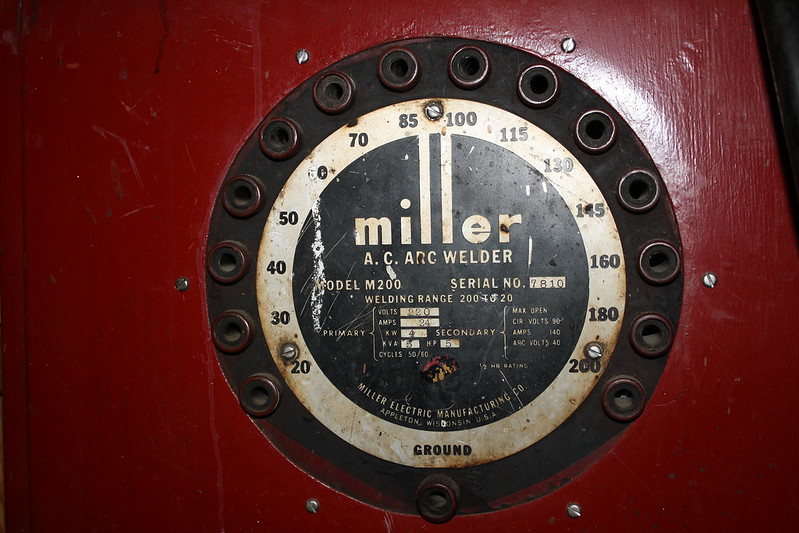
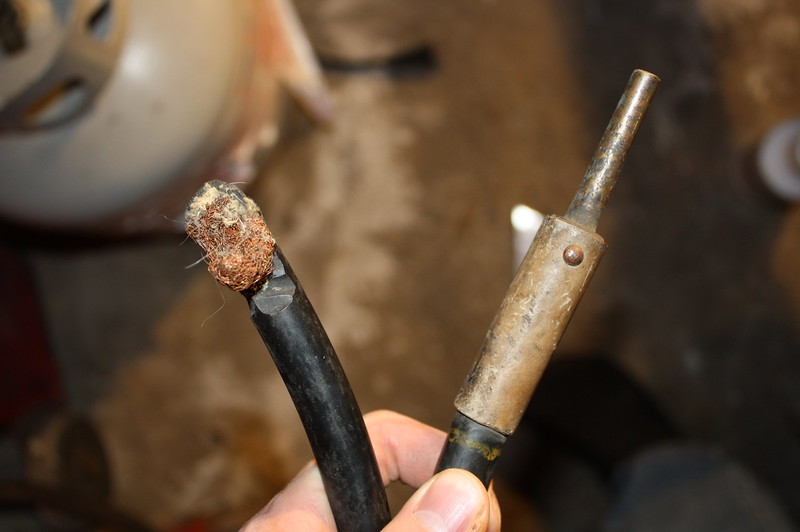

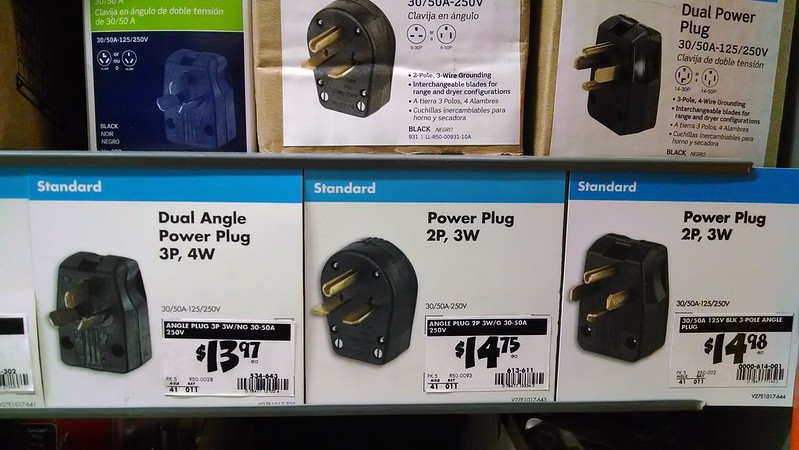
 Otherwise I don't have a lathe, so I will look into a machine shop.
Otherwise I don't have a lathe, so I will look into a machine shop.